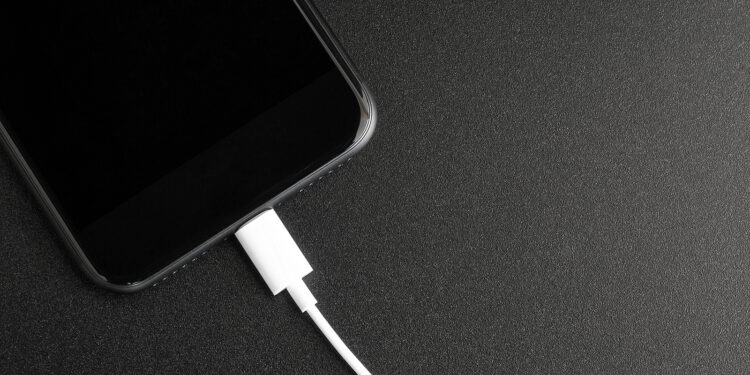According to a report, Apple is apparently planning to stop selling the third-generation iPhone SE and the iPhone 14 series in Europe. The background to this is the new EU directive, which requires a uniform USB-C port for all new and still sold smartphones from January 2025. This regulation forces manufacturers to adapt their product strategies, and Apple seems to be responding to this with a clear decision.
With the USB-C regulation, the EU aims to standardize chargers and reduce electronic waste. For Apple, which has so far relied on the proprietary Lightning connector, this marks the end of an era. While newer iPhone models, such as the iPhone 15, are already equipped with USB-C, the change affects older devices such as the iPhone SE (3rd generation) and the iPhone 14 series.
Why are iPhone SE and iPhone 14 in focus?
The EU directive requires that from January 2025, all newly launched smartphones and devices still sold in Europe must be equipped with a USB-C port. The iPhone SE (3rd generation) as well as the iPhone 14 series have the Lightning port, which does not meet these requirements. Instead of selling these models beyond the legally required period, as would normally be the case, Apple seems to be planning to remove them from the European market at the end of 2024.
Which models are affected?
After report According to iGeneration, the decision affects the following iPhone models:
- iPhone SE (3rd generation)
- iPhone 14
- iPhone 14 Plus
These devices are unlikely to be available in Europe after 2024. However, in other markets, such as the US and Asia, these models may continue to be sold regularly until they reach their natural life cycle.
What does this mean for you as a user?
If you own one of these devices, you can continue to use it as usual. The suspension of sales only affects the purchase of new devices. Accessories for the Lightning connector will continue to be available for the time being, as demand remains global. However, if you are planning to buy a new iPhone SE (3rd generation) or iPhone 14, you only have a limited time in Europe before these models are discontinued. For buyers who want a modern and USB-C compatible model, Apple will introduce the iPhone SE (4th generation) as early as spring 2025. This new device will reportedly have a design similar to the iPhone 14 and will be equipped with USB-C. It will also feature an improved camera and an edge-to-edge display.
Why is Apple ending the sale early?
Under normal circumstances, Apple would probably have offered the iPhone 14 and iPhone 14 Plus until fall 2025 as a cheaper alternative to the current models. The EU directive eliminates this option, as devices without a USB-C port can no longer be sold. The decision to end sales early could be strategic. Apple prefers to focus on upcoming models that comply with EU requirements right from the start, rather than on older technology that will no longer meet legal standards in the foreseeable future.
From exclusive to universal: The transition to USB-C at Apple
The switch to USB-C will bring long-term benefits for Apple users. From 2025, all new iPhones will be equipped with this universal connector, which will improve compatibility between devices from different manufacturers. It will also make your everyday life easier, as you will only need one cable for different devices. For Apple, the end of the Lightning connector means closing a chapter that has existed since 2012. However, the switch to USB-C makes Apple future-proof and the company meets the requirements of the European market. (Photo by blackzheep / Bigstockphoto)





